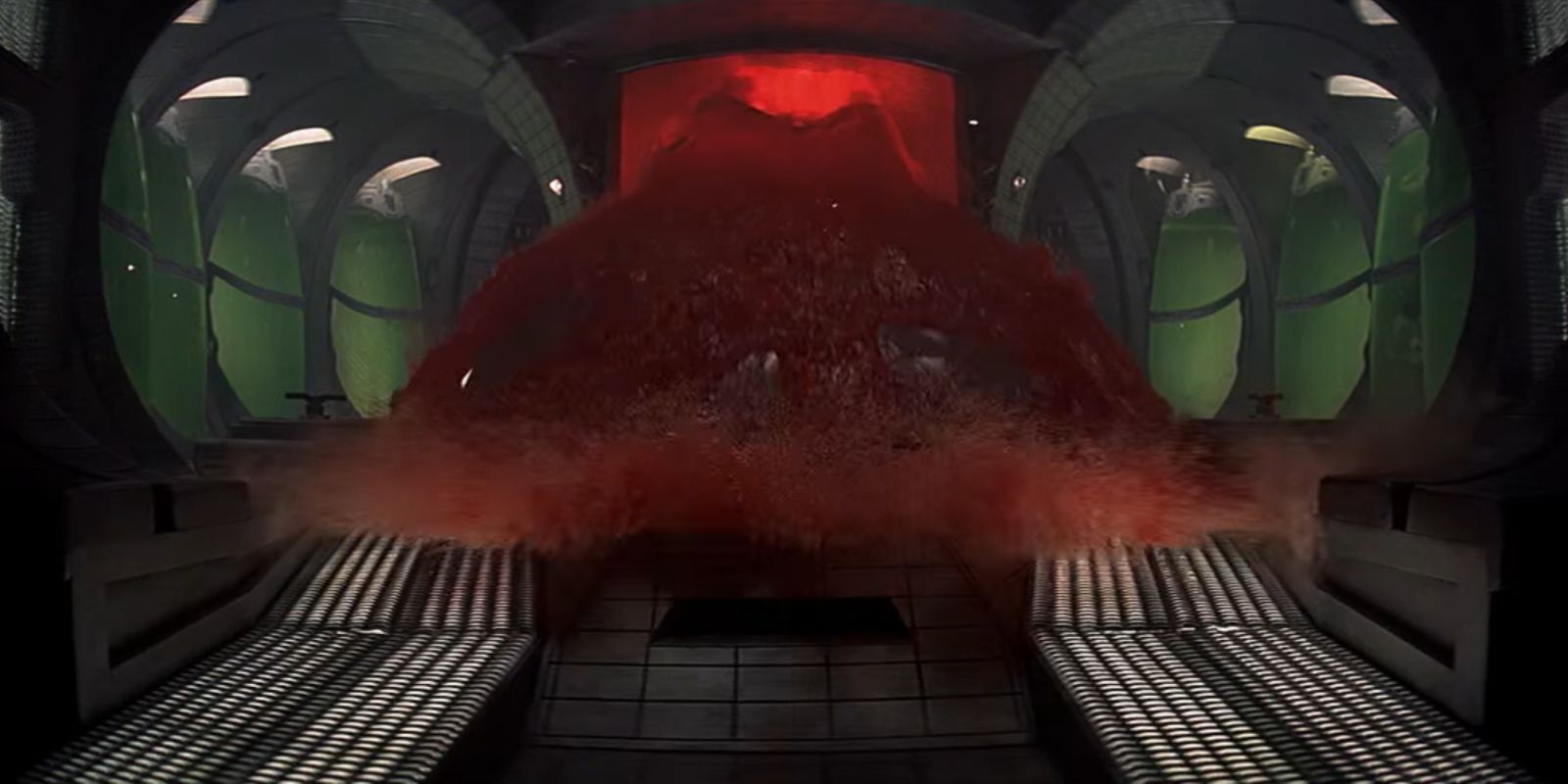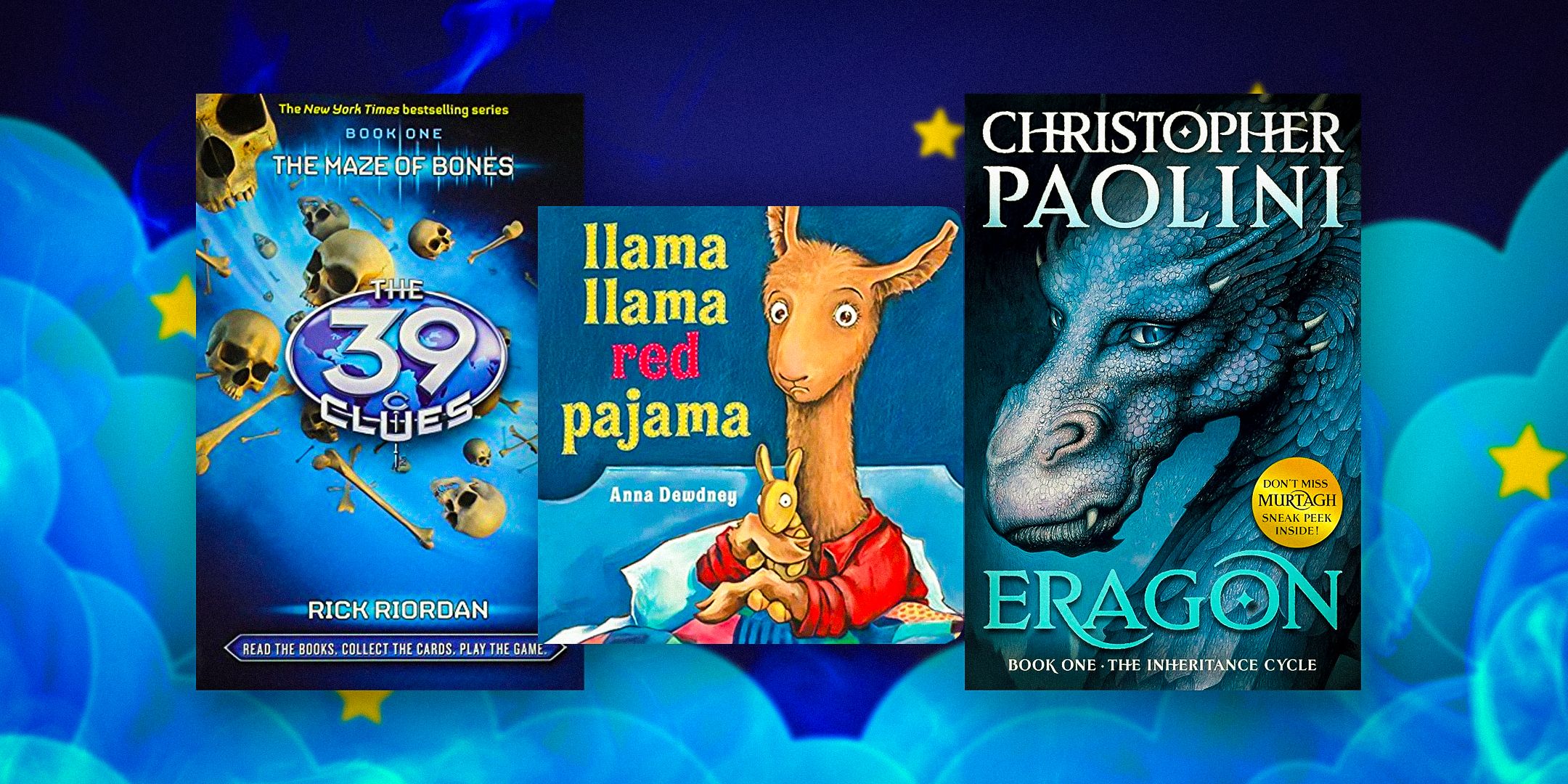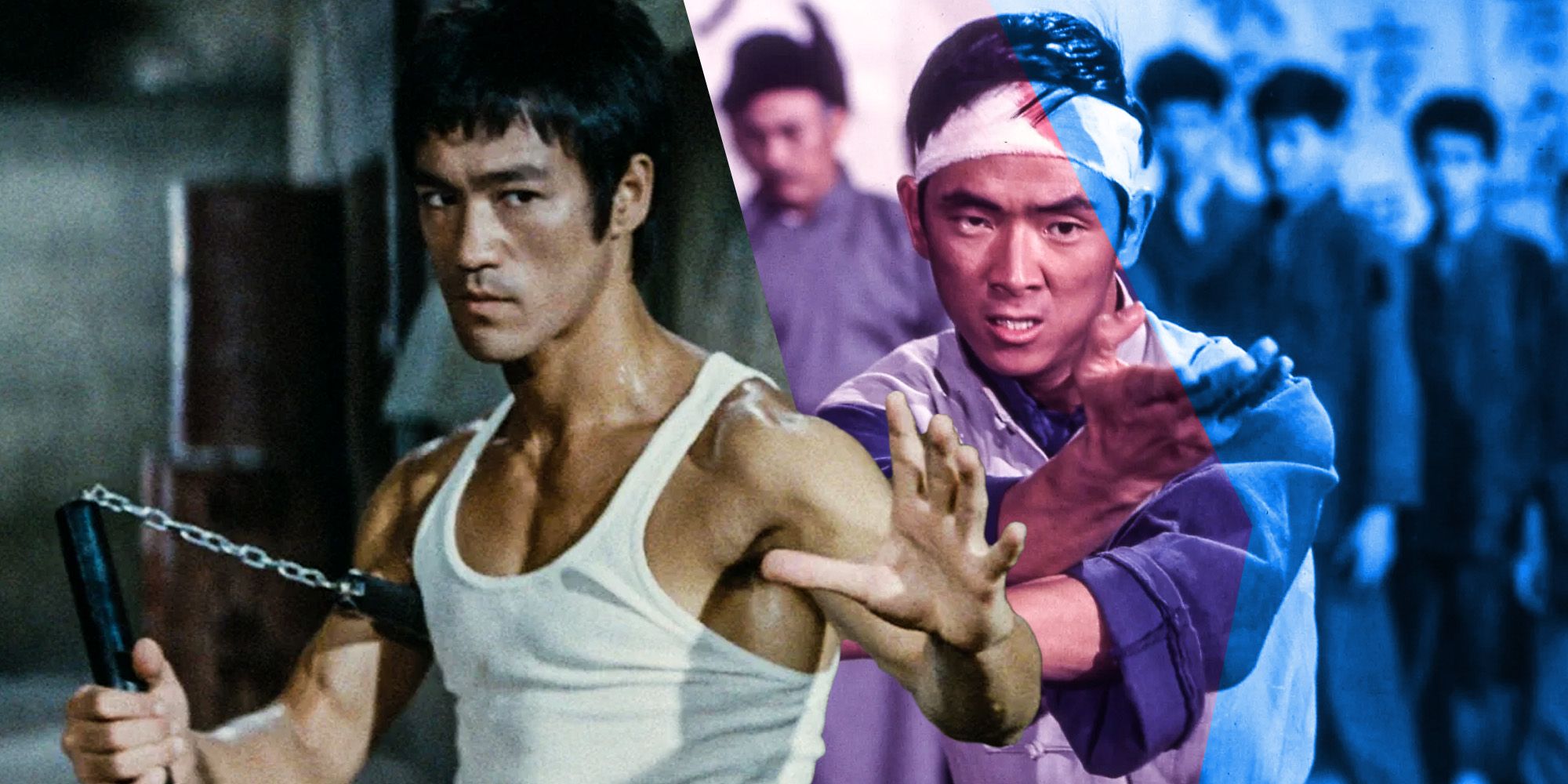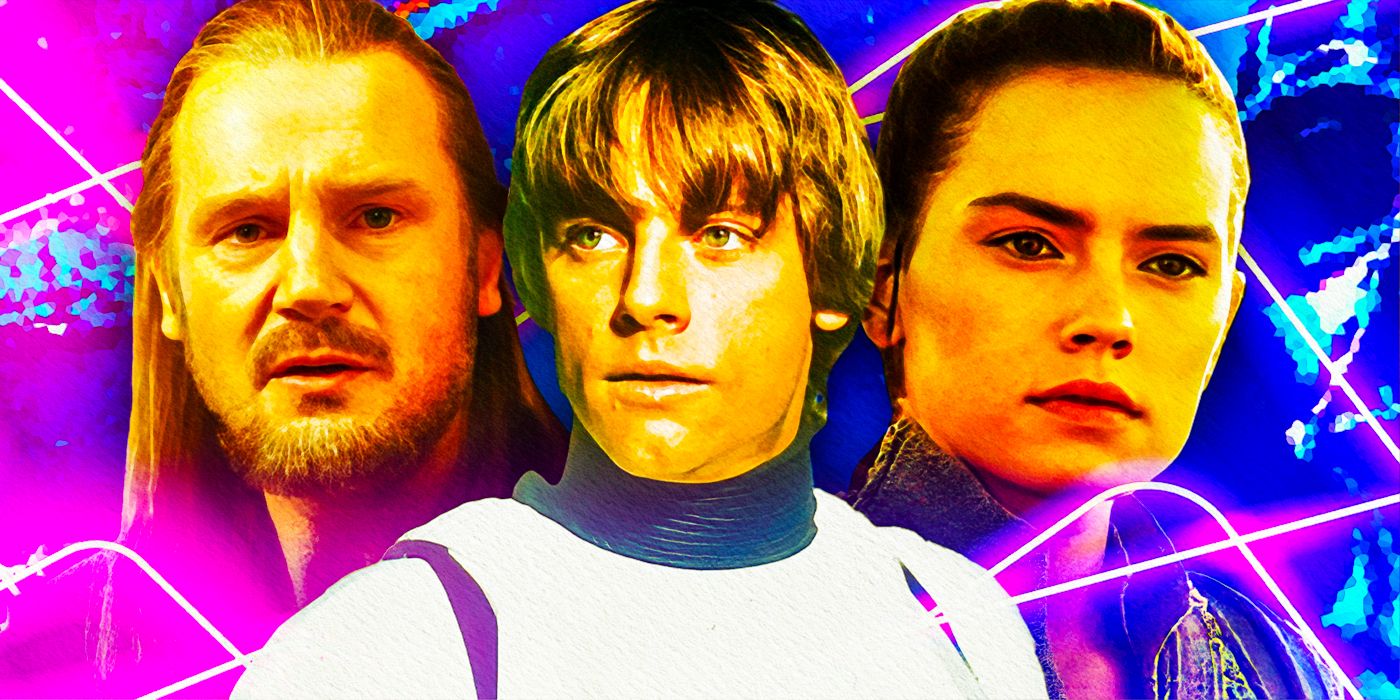Event Horizon may not be as well-known or cherished as other sci-fi horror movies, but for fans of the genre it remains an intriguing piece of cinema for its inventive combination of an array of influences. Namely, the film utilizes the space architecture and Lovecraftian mysteries of Alien in tandem with the possession elements of The Shining to create an original hybrid. It’s a satisfying example of how filmmakers can deconstruct genre, especially horror, in order to create reimagined ideas.
The connection between Event Horizon and Alien is perhaps the most obvious, considering the fact that Ridley Scott’s masterpiece remained the blueprint for sci-fi horror for decades after its release. In fact, the first draft of the film centered on tentacled extradimensional monsters that hunted the crew, but director Paul W. S. Anderson thought the idea bore too much of a resemblance to Alien. The shadowy, ominous interiors of the spaceship certainly resemble the darkness of the Nostromo more than the flashy, sterile sets commonly found in lighter science-fiction stories.
However, W. S. Anderson and screenwriter Philip Eisner claim that they have always thought of Event Horizon as more akin to a haunted house movie than a traditional science-fiction tale. The titular ship was based on the Notre Dame Cathedral to capture a Gothic aesthetic, as well as to emphasize the hellish perversions found within. The film explores the presence of an otherwordly threat that is essentially demonic possession, and Eisner himself compares the film to haunted house movies like The Shining and The Haunting.
Event Horizon Takes the Best of Alien & The Shining

The cast of characters resembles the crew of blue-collar “space truckers” from Alien, a rescue escort group assembled from military personnel who have no idea what terror they’re about to discover. They distrust Dr. Weir, whose knowledge of the missing Event Horizon ship gives him power over his cohorts in the same conniving way that Alien‘s android Ash refrained from telling others about his ulterior motives. When the characters enter the Event Horizon and witness the bloody remains of its past crew, it’s hard not to think of the derelict ship that hid the Xenomorph eggs and the mysterious space jockey corpse.
As the mystery of the ship becomes clearer, however, the film resembles The Shining even more. The Event Horizon is possessed by a mysterious power emanating from another dimension, meaning that the vessel has a mind of its own and tortures its victims with hallucinations about their fears and insecurities. Dr. Weir may start off like Ash, but as he succumbs to the ship’s hold over him, his transformation into crazed killer turns him into a celestial Jack Torrance. The ship makes him imagine his deceased wife in a bathtub, only to horrify him with her gouged-out eye sockets, which plays out the same way the infamous bathroom woman scene does. There’s even a scene when blood pours out of a gravity tank in the same slow-motion fashion as in The Shining‘s elevator sequence.
If Alien was originally pitched as “Jaws in space,” Event Horizon follows in the same tradition as “The Shining in space,” a description that is often used to explain the movie’s concept. That doesn’t mean that the script is devoid of original ideas, though. Like Alien, a film that completely repackaged genre conventions to create an entirely new type of style, Event Horizon mixes concepts from both of these classics to produce a strange yet unsettling scenario rooted in both supernatural and cosmic horror.





